North American Scum
Blazing, husky paintings that deal with class in America—where everyone has an equal opportunity to be a mess.
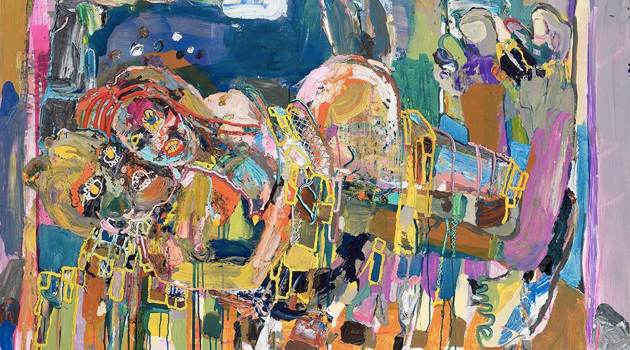
Interview by Rosecrans Baldwin
TMN: Savannah vs. New York—is there a contest? Can New York even hold a candle to Georgia?
Summer Wheat: The last time I visited Savannah I had a great time, but I heart New York. Continue reading ↓
Summer Wheat’s show “Hi-Lo” is currently on view at Boston’s Samsøn, through March 17, 2012. All images used with permission, © copyright the artist, all rights reserved.
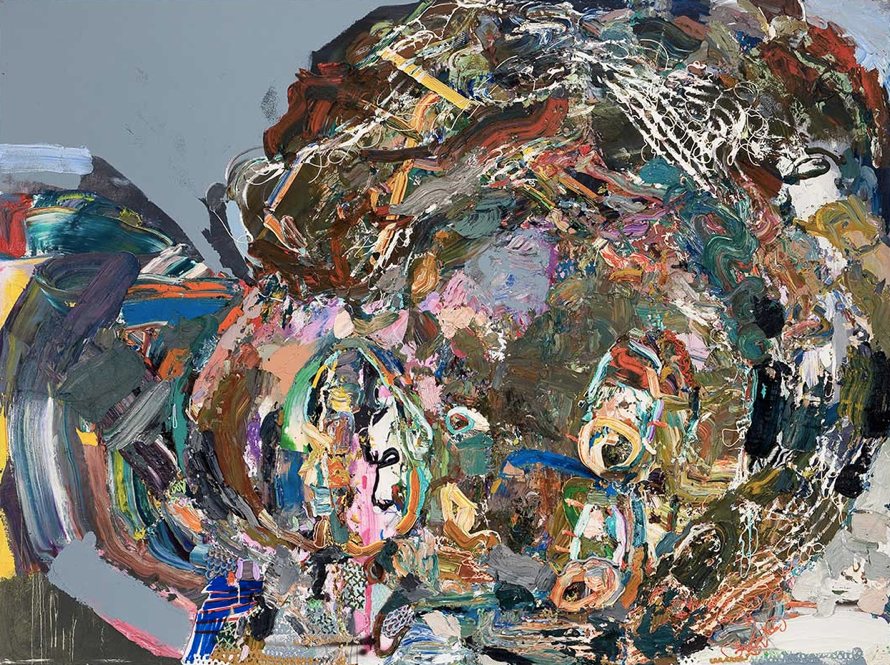
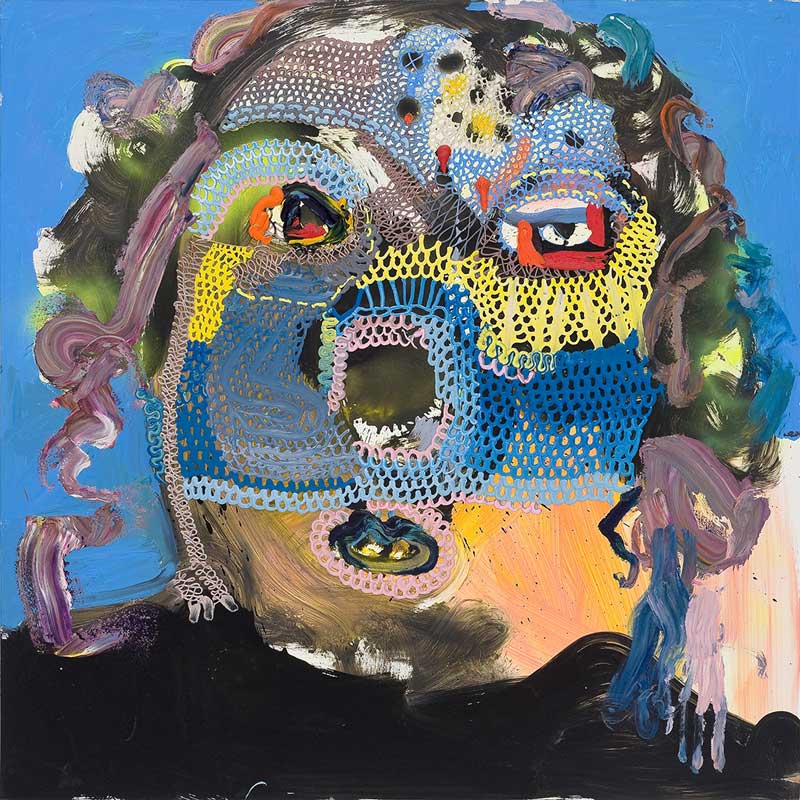
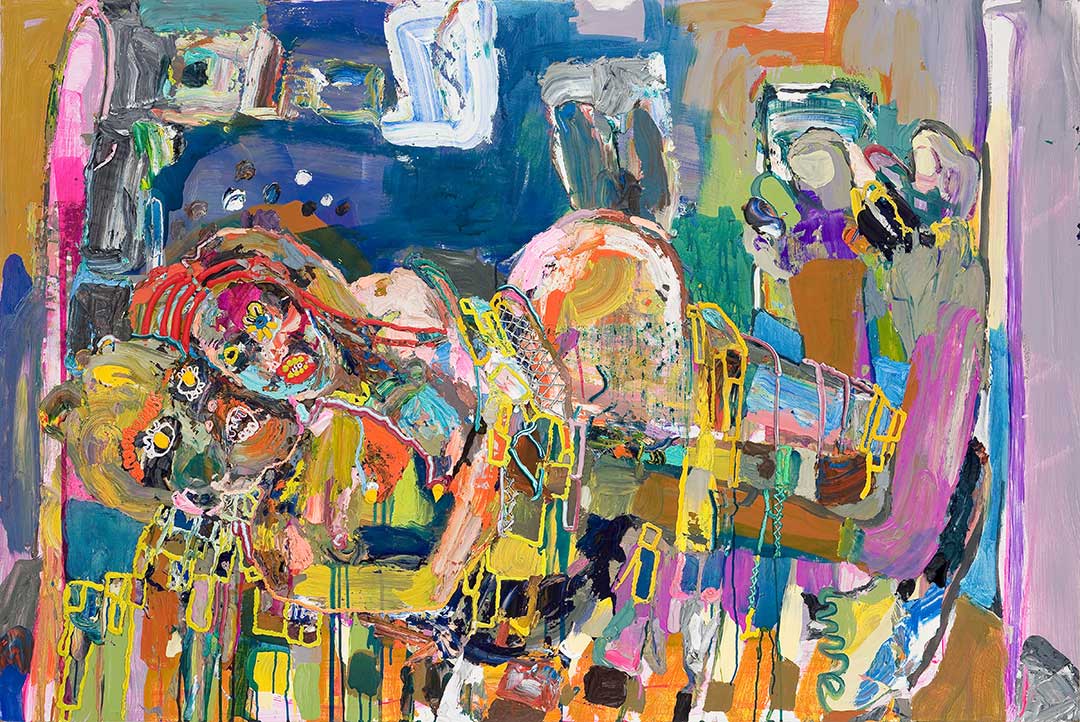
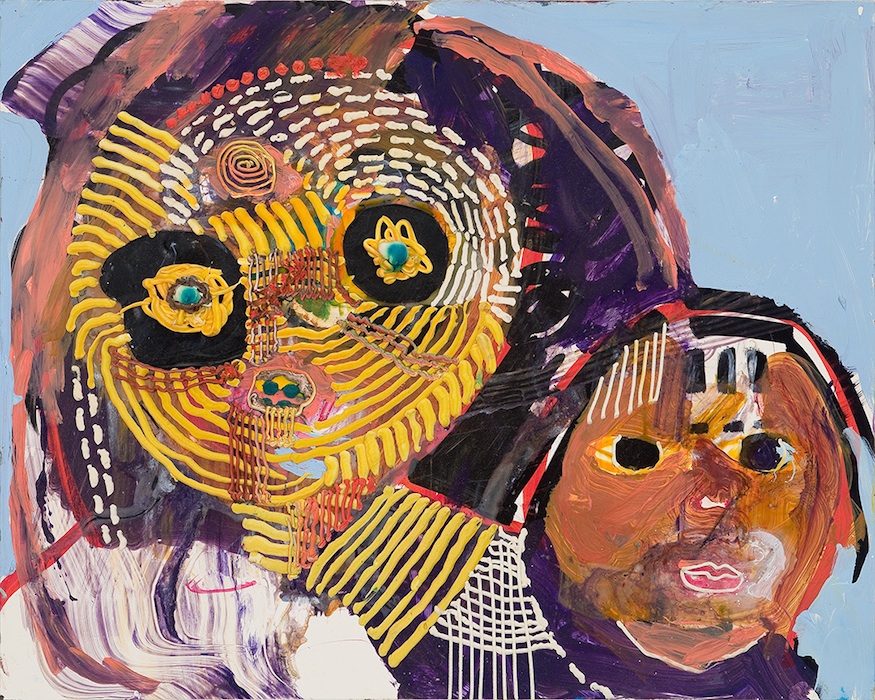
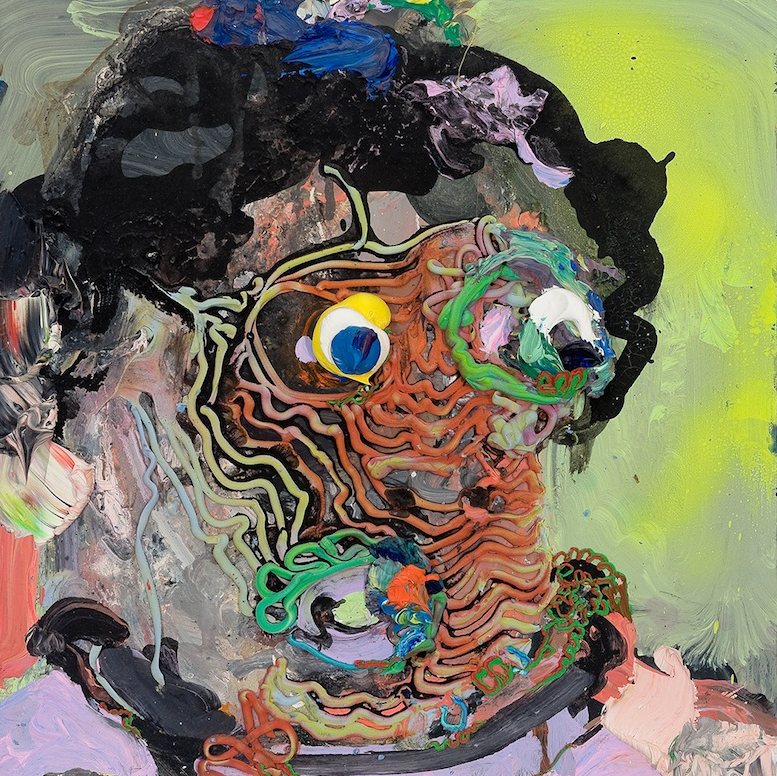
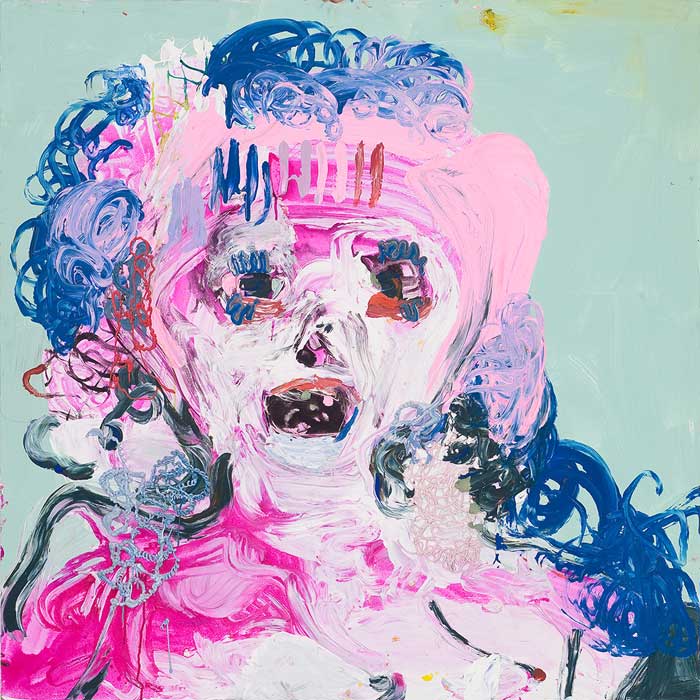


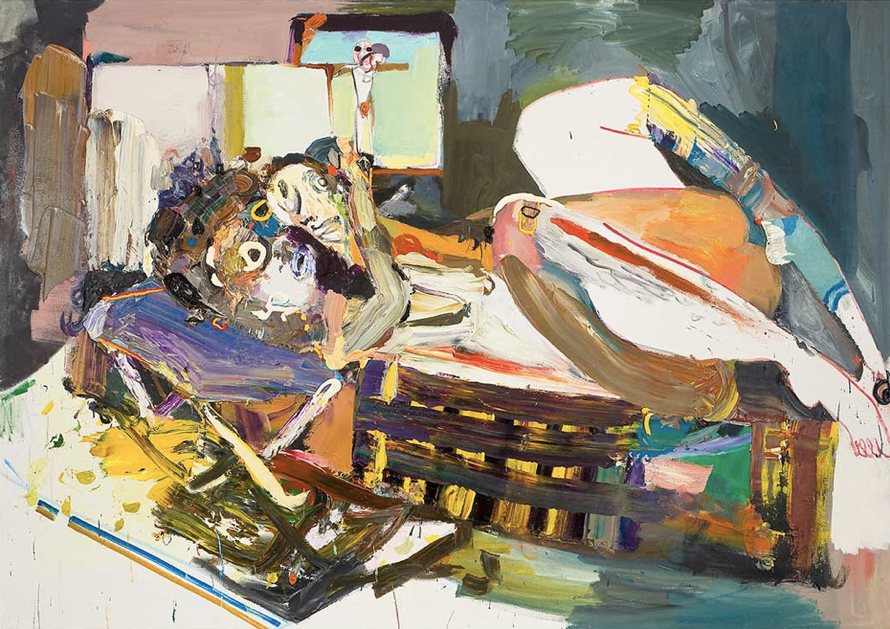
Interview continued
TMN: Your paintings have so much sculpture, movement, dimension. When you begin a piece, does it start as a painting? Is the original idea a big wallop or does it come in bits and pieces?
SW: I love using paint as a tactile medium, and I am very interested in surface quality—no matter if the painting is thick and seems more sculptural or if it is atmospheric. Either way, I am interested in creating some sort of space that alters the way material is typically seen. It’s strange, but some of the painters I truly learn from are unlikely combinations, like Vermeer and de Kooning. I want certain parts of the work to feel like a crust of bread from Vermeer’s “Milkmaid,” as well as portray the speed and visceral qualities of something like “Woman, Sag Harbor” by de Kooning. They likely seem very unrelated, and people are surprised by many of my influences, but I have spent a long time trying to decipher how a painter can translate paint in many different forms. I want my work to throw the viewer off a bit—they definitely throw me off a bit! The way they come together depends on the painting. Sometimes they come together in one day, and other works I spend a year or two trying to resolve.
TMN: Then when is a piece done? When do you stop?
SW: When I can look at it for long periods of time and there is nothing that bugs me about it anymore. I could compare finishing a painting to finishing getting ready for a party. I try not to wear too little or too much makeup. Or get overly decked out or too understated. Somehow, as silly as it might sound, this is the way I think of it.
TMN: How many of the faces in the paintings are your own? How much of yourself goes into these figures?
SW: I suppose all of them are different aspects to my personality. But I do not feel like these different characters are divorced from all people. I was once enthralled by Rembrandt’s self-portraits. He really performed for us in a long-going series. In one work he was a scruffy looking vagabond, in another a debonair gentleman. I find that all the elements of life are within all of our personalities. It is all-encompassing, the horror, disgust, beauty, elegance; we are all combinations and versions of the same things. I think the only difference is some people are more aware of the different facets of themselves than others.
TMN: Coffee or tea?
SW: Never tea.
TMN: What are you working on now?
SW: Right now I am working on getting some new work together for a solo exhibition I have in December at Valentine gallery in Ridgewood, Queens. They are paintings about my favorite love story.
